The Fordwich Arms is in the tiny and rather pretty community of Fordwich, near Canterbury. With a population of 381 this happens to be the smallest town in England, with a town hall dating back to 1555. The restaurant has a riverside setting, nestling on one bank of the Stour, with a jetty just outside the building. The Fordwich Arms opened in early 2018 and rapidly gained a Michelin star in the 2019 guide. Its head chef is Daniel Smith, who used to work at The Clove Club, being sous chef there for five years and having previously worked with Jason Atherton. Daniel’s wife Natasha is the pastry chef here, so The Fordwich Arms is a family affair. As well as the dining room, there is terrace seating looking out over the river in good weather, and there is also a separate pub garden and bar. To give a sense of scale, the restaurant seats up to fifty diners at any one time. There was a full tasting menu at £95, a shorter one at £65, a three course weekday set lunch at £35 as well as a full a la carte selection.
The wine list had just under 200 bottles and ranged from £25 to £1,200 in price, with a median price of £80 and a markup to retail price average of almost exactly three times retail. This is not the worst by London standards but is on the high side for restaurants in the countryside. The list had labels such as the very enjoyable Riesling von der Fels Keller 2016 from Rheinhessen at £50 for a bottle that you can find in the high street for £34, Birichino old Vine Cinsault 2015 at £70 compared to its retail price of £27, and Luke Lambert Nebbiolo 2015 at £110 for a wine that will set you back £47 in a shop. For those with the means, there were grander offerings such as Sine Qua Non Grenache Shakt 2014 at £400 compared to its retail price of £356, and Chateau Margaux 2002 at £850 for a wine whose current market value is £493.
The meal began with a pair of canapés. There was a cheese tart using a local cow milk cheese called Canterbury Cobble, the tart served warm and also containing some pickled walnuts. This was gorgeous, the touch of sourness from the pickling juices going nicely with the rich cheese, the pastry being very delicate (17/20). The other canapé was oak-smoked cod roe and home-made pickled cucumber with discs of potato and a powder made from of seaweed from nearby Whitstable. This was finished with a little spinach and also oscietra caviar from a London supplier called Attilus. This also worked well, the seaweed flavour not too strong and the sharpness of the pickled cucumber being a good foil for the cod roe (16/20).
Bread was made in house, a choice of two. One was onion focaccia, made with rapeseed oil rather than olive oil, and drizzled with herb oil. This was top notch, with lovely light texture. Also pleasant was soda bread, but the focaccia was undoubtedly the star bread here (16/20 average for bread). The first dish was a light one, of Isle of Wight tomatoes that had been blanched and peeled, served with cured Westcombe cheddar from Somerset, along with soda bread crisp, redcurrants and herbs, namely fennel and Greek basil along with oil of rocket. This was finished with a tomato consommé with lemon verbena. This was a fairly simple but enjoyable and summery dish that was not too acidic. In the UK we don’t have the climate that will produce truly dazzling tomatoes such as those on the Amalfi coast at the farm of Don Alfonso 1890, but these were certainly nice enough (15/20).
Hand-dived scallop from Orkney was next, the flesh chopped and served raw with broad bean and mint purée, locally grown white currants, horseradish and a jelly made from the scallop skirts. It was finished with a sauce made from scallop stock and butter sauce. This was excellent, the shellfish having good natural sweetness, the gentle bite of the horseradish nicely lifting the dish (16/20). Duck liver parfait came with pickled onion, fresh cherries from Kent, butterfly sorrel and a jelly of Sauternes, incidentally made with the classy Chateau Rieussec 2007. On the side were savoury doughnuts. The parfait had smooth texture and good liver flavour, the acidity of the cherries nicely cutting through the richness of the liver (16/20).
This was followed by a large langoustine from Orkney, wrapped in lardo and barbecued over apple wood. This came with a brown butter emulsion, puffed pearl barley, fine beans, curry leaf and apple discs. It was finished with a sauce of the roasted langoustine shells with a vadouvan spice mix involving fenugreek, mustard seeds and coriander seed. On the side was kohlrabi roll filled with langoustine meat, soda bread crumb, white balsamic and viola flowers. This was a gorgeous dish, the shellfish high quality and precisely cooked, the beans having excellent flavour, and the vinegar from the kohlrabi working well with the natural sweetness of the langoustine. The slightly crisp pear barley provided a useful additional texture. For me this was the star dish of the meal (18/20).
Fillet of sea bass from Hastings was roasted and served with fennel, broccoli puree, crisp salsify, broccoli stems and a garnish of Italian summer truffle. The dish was finished with vin jaune sauce, this being made with the distinctive yellow wine of the Jura. This wine is made from late harvest savagnin grapes, which have a dried fruit or nutty flavour due to the vinification process deliberately allowing some oxygen to mix with the wine in barrel. On the side was tempura of sea bass with white vinegar gel. The tempura was light and delicate, the sea bass having good flavour and working well with the broccoli puree. The seasoning was a touch on the salty side, even for me, but this was still an excellent dish, and the sauce was rich and enjoyable (16/20).
The first of two meat dishes showed Gloucester Old Spot pork in different forms. There was a pork gel, glazed pork cheek and crackling, and with the meat came puffed white rice, buckwheat, and several variations of apple. Kent Discovery apple arrived as compote as well as in the form of caramelised apple purée, apple caramel and apple blossom, and finally apple foam. There was also kohlrabi and cracked wheat completing the dish. The pork cheek was particularly good, the belly not being too fatty, and the apple is a classic combination with pork, its acidity nicely balancing the richness of the pork belly (15/20).
Grouse from near Edinburgh was poached and roasted in butter, served with a cep and herb emulsion, girolle mushrooms and smoked potato. The grouse legs were smoked over pine, and on the side was a tarte fine with a topping of onions and greengage plums. The grouse was accurately cooked and the plums brought some useful sharpness to cut through the richness of the meat. I liked the smoky flavour note of the grouse legs (15/20)
Pre-dessert was a rose brûlée with confit lemon, peaches poached in Camomile tea, meringue and a granita made with sparkling rose wine from Gusbourne Estate in Ashford. This was a pleasant enough and suitably refreshing pre-dessert, though it was hard to get really excited about it (14/20). The main dessert was milk chocolate and hazelnut cremeux (just the French word for “creamy”) with hazelnut crumbs, confit lemon, raspberries from Oakchurch Farm in Herefordshire and a raspberry and tonka bean sorbet. The chocolate was high quality and the raspberry sorbet was a classic pairing for it, the different textures of the dish working well together (16/20).
Coffee was from a Nespresso machine, in this case the premium Kilimanjaro blend. Service was excellent, the staff being patient, friendly and attentive. The bill came to £146 a head for the long tasting menu and some glasses of wine. Of course you could eat for less with the cheap three course lunch, but if you went a la carte and shared a modest bottle of wine then a realistic cost per person might be around £85 a head. Overall I really enjoyed my meal at the Fordwich Arms, which is blessed with a pretty riverside setting that was particularly nice on this warm sunny day. The cooking is high class and thoroughly deserves its Michelin star.































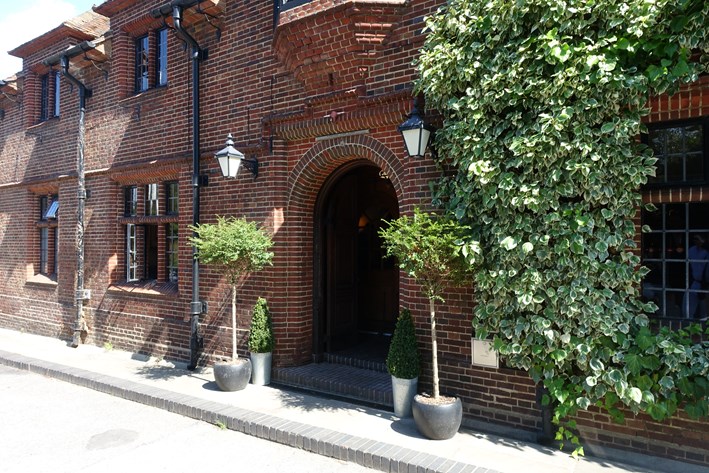
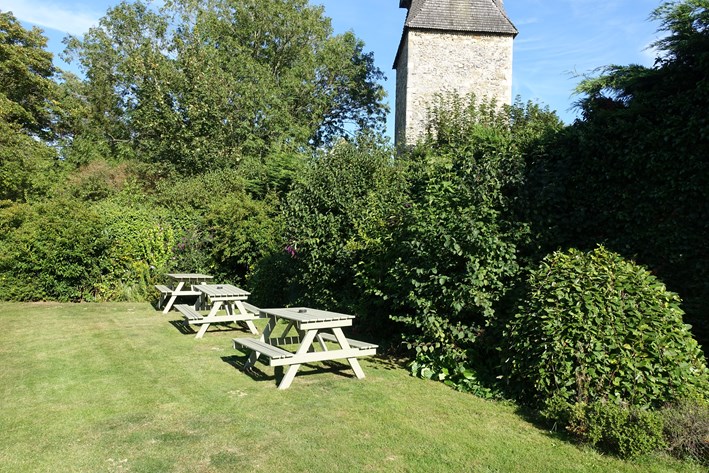
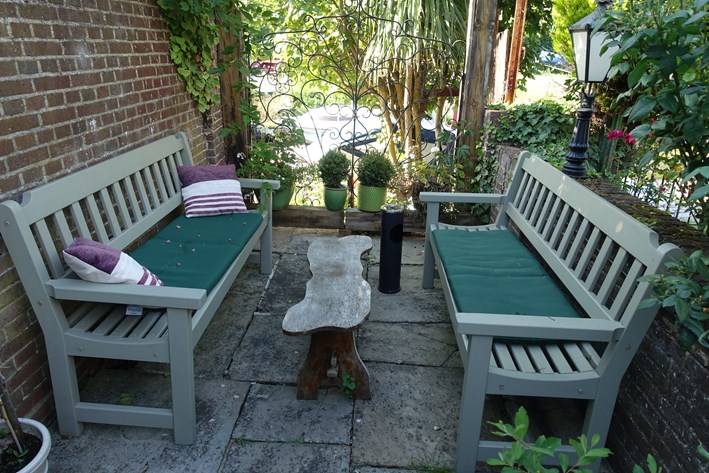

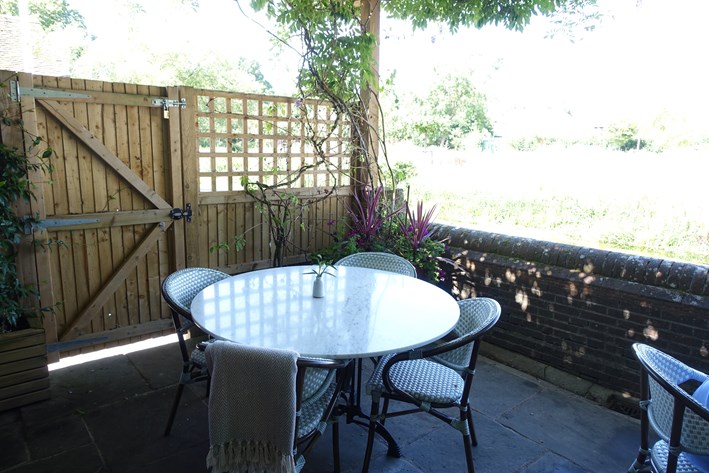
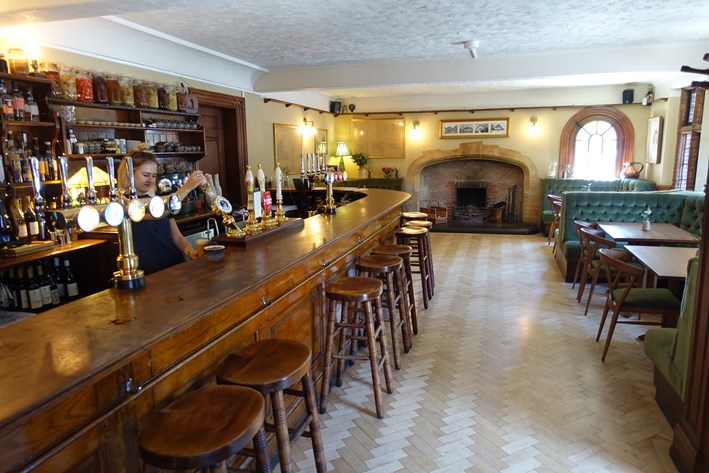

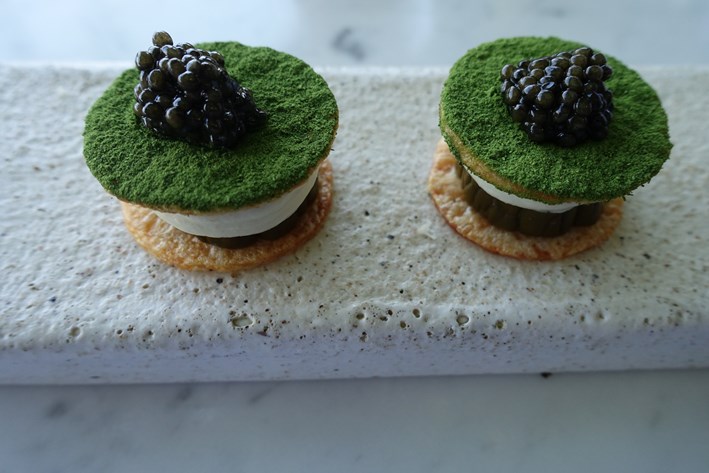
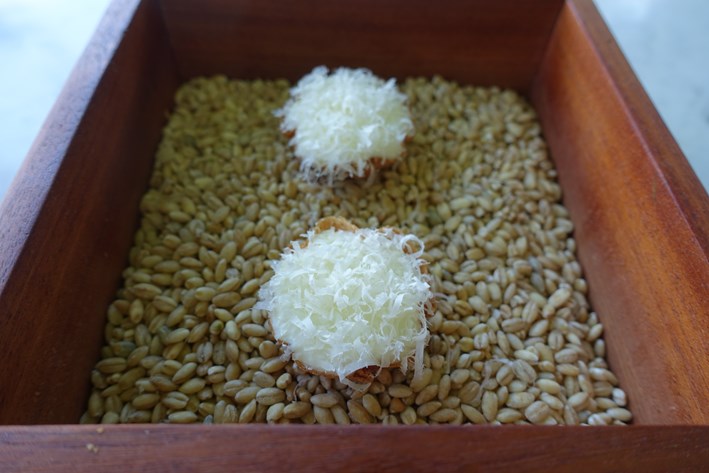
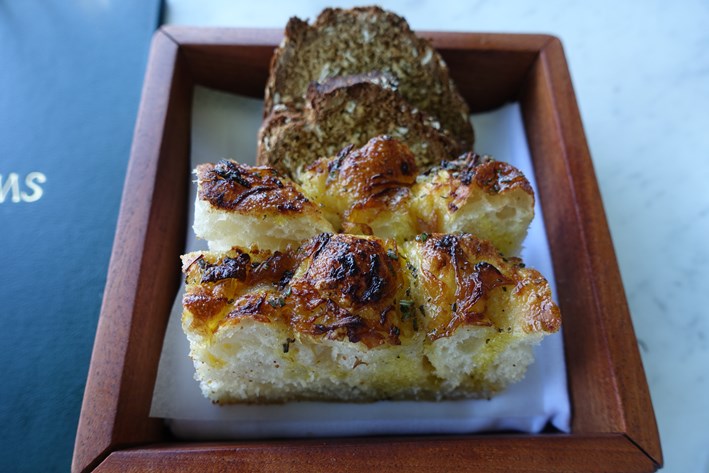

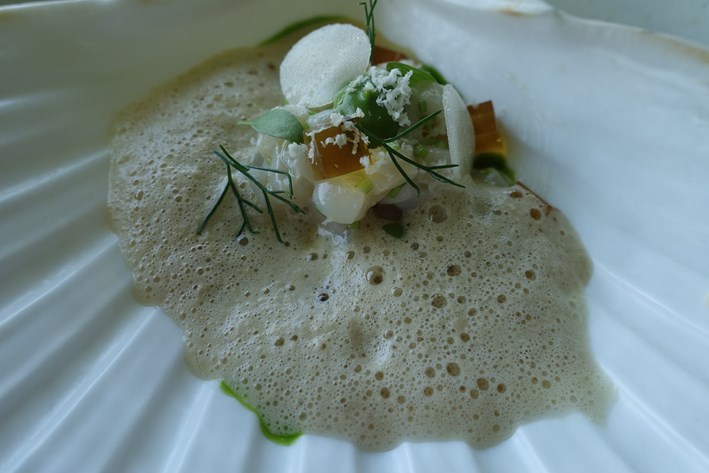
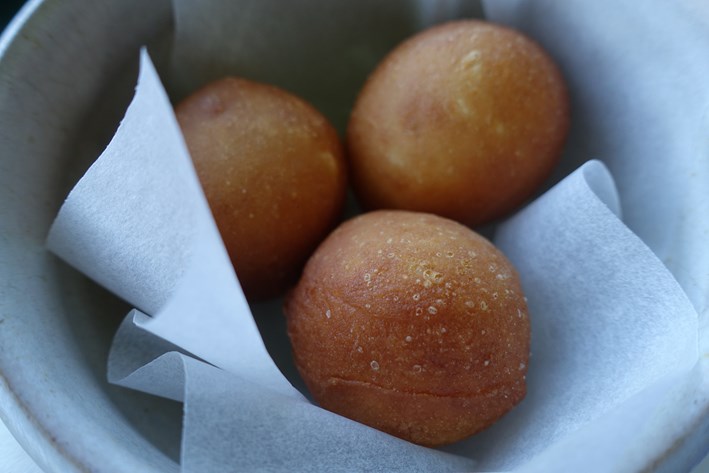

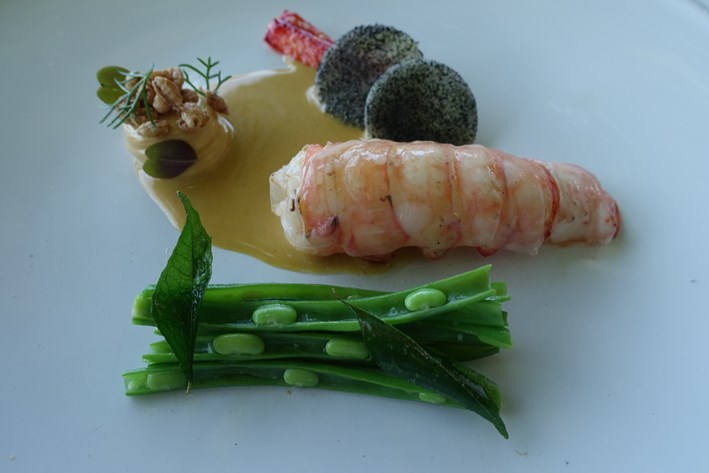

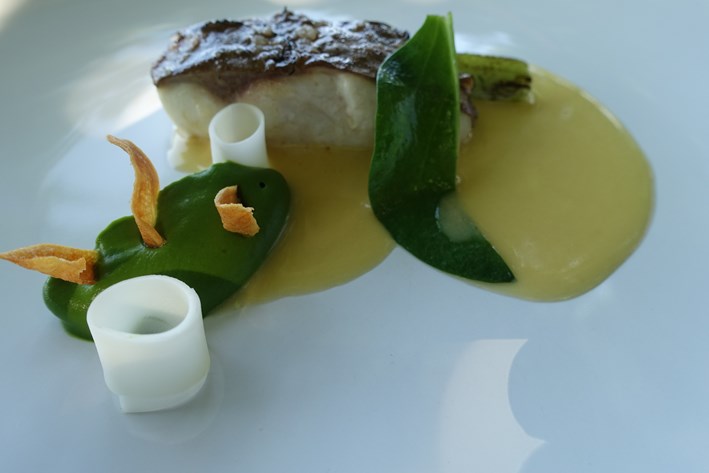
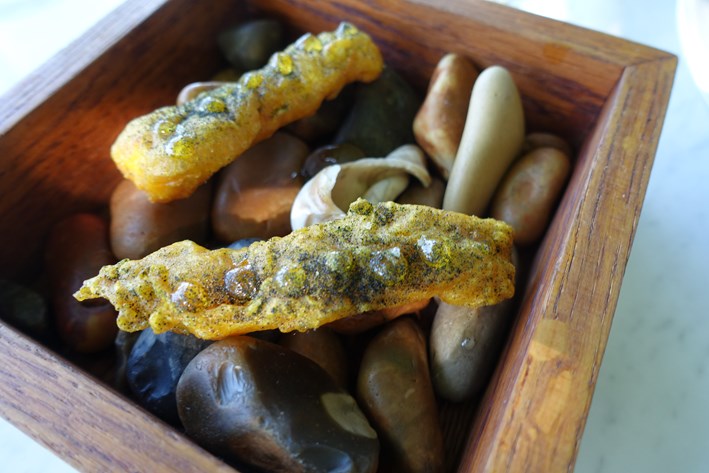

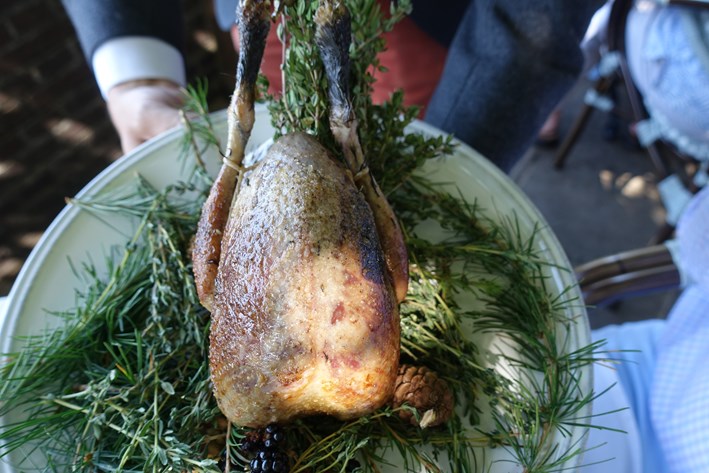


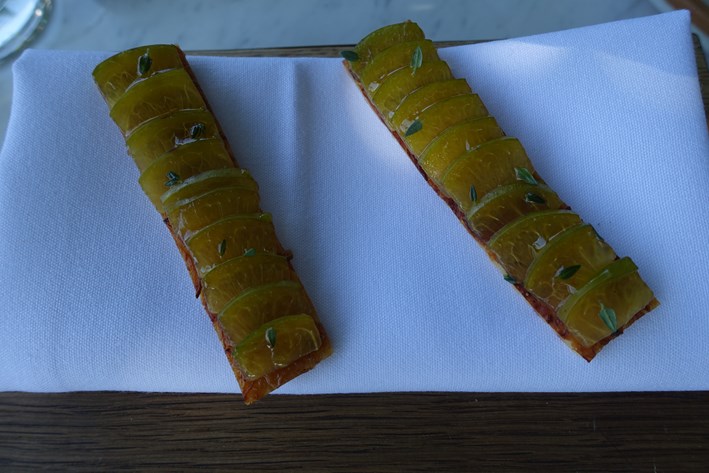
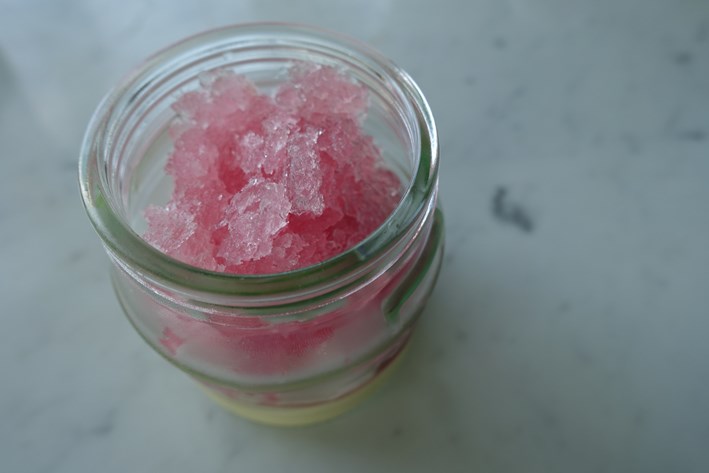
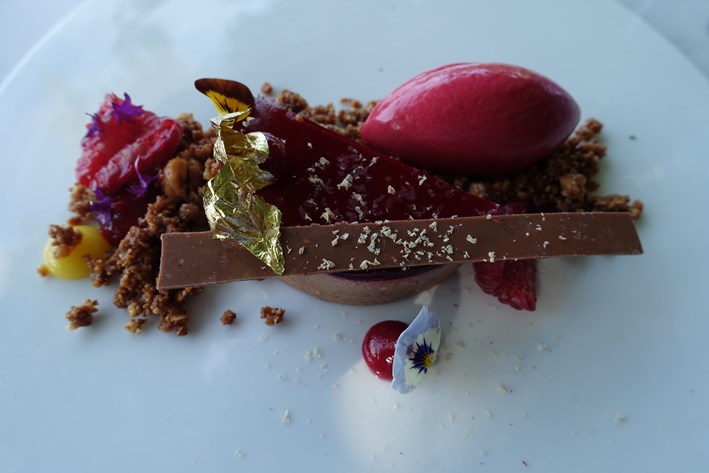


Add a comment
Thank you for submitting your comment, this will be checked and added to the website very soon.
User comments